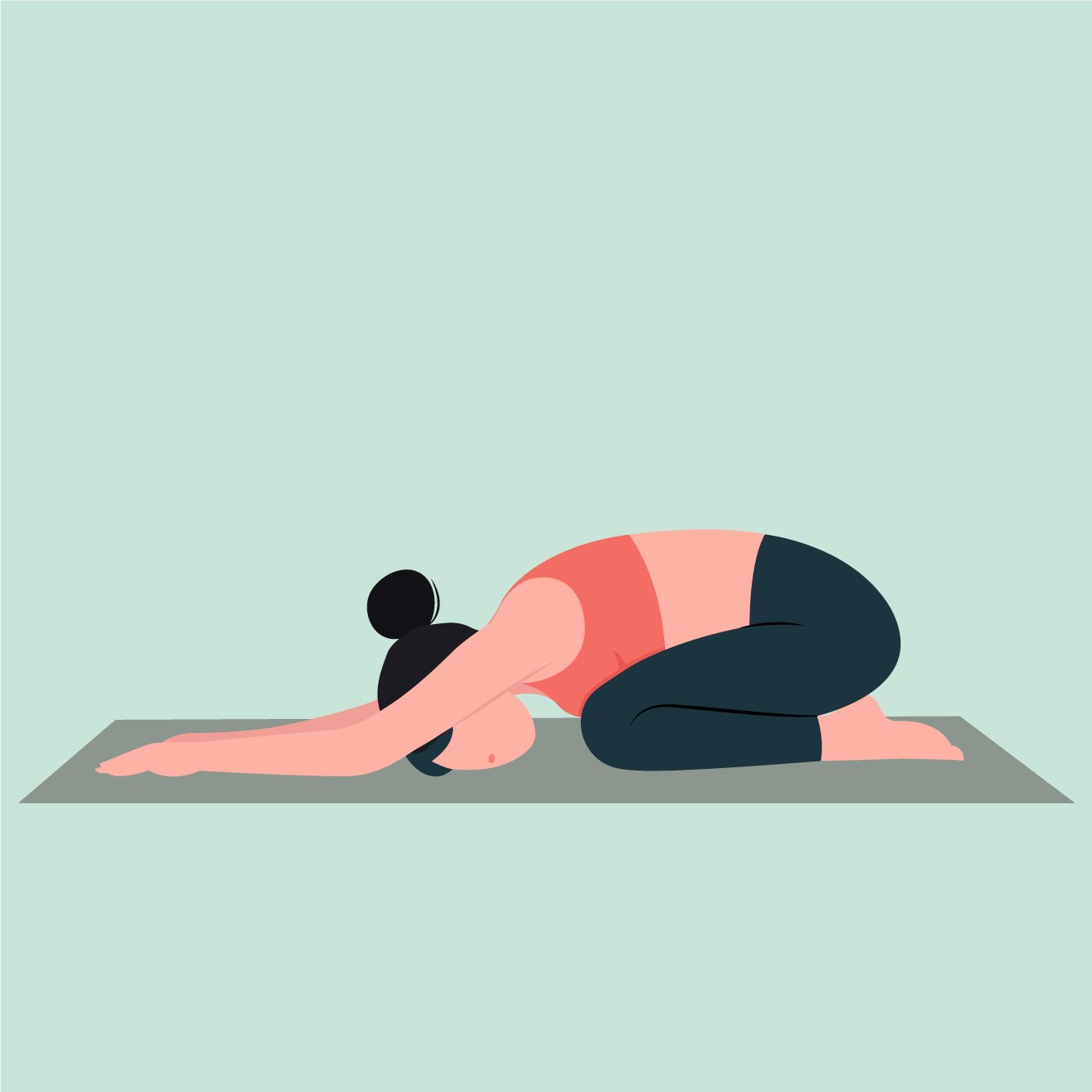Shoes and Orthotics: Are They Good or Bad? Do They Even Matter?
A common question that I encounter with those who deal with foot pain, ankle pain, knee pain, hip pain, or back pain: are there shoes or orthotics that you would recommend?
In the traditional rehabilitation sphere, shoe wear and orthotics have had their moment of fame. Types and qualities of running shoes were highly debated in the context of those best for runners with high versus low arches, heel strikers versus midfoot/forefoot strikers. Orthotics were popularized as alternatives to shoe wear without paying the price for new shoes. Ironically, custom orthotics were introduced as an avenue to personalize the qualities of the orthotic to the individuals foot characteristics. However, these custom orthotics have been up-charged significantly to the point that their price point is more than new shoes or over-the-counter orthotics.
A recent research study examined if there are any significant differences between custom orthotics and over-the-counter orthotics when managing plantar fasciitis. The author and research team found no significant differences between the custom versus over-the-counter orthotics in terms of pain and function. This begs the question as to supposed advantage presumed by the use of custom orthotics that are also at a higher price point and have limited access as they need to be molded and constructed by a physical therapist. Moreover, orthotics are traditionally designed to limit movement at certain parts of our foot and ankle while increasing movement elsewhere. However, this scope of practice is so limited to the foot and ankle in isolation and does not consider it’s influence on the rest of the body.
Our feet and ankles truly are sensory organs, and they are meant to move. Think of the last time you stepped on a lego and how painful of an experience that was, but also how visceral of a pain experience it was for the rest of your body. The foot and ankle are consisted of up to 26 bones and 33 joints, meaning that all of these joints need to ability and freedom to move and interact with each other. Now imagine something put into your shoe that restricts motion. Your body will respond with this restricted motion by holding tension in different muscles, which will generate downstream consequences not only local in the foot and ankle, but also throughout the rest of the body.
The truth of the matter is that, in my experience, both orthotics (whether custom or over-the-counter) and shoes have a significantly different intention and desired effect on the rehabilitation program. Because the feet and ankles are such powerful sensory organs, shoes and orthotics need to provide “sense” of different portions of our feet and ankles interacting with the ground to restore it’s ability to move, rotate, pronate, and supinate.
How the best shoe or orthotic for you must be determined through extensive testing of the entire body as a system, considering how different sensory experiences of our foot and ankle can affect our pelvis, ribcage, shoulders, and neck. Also, not all shoes are created equally. Certain qualities of a shoe must be met to allow for the most optimal ground sensory experience.
Shoes and orthotics matter. But, it matters more how they are assessed to be appropriate for you and what your intent is with them. For general recommendations regarding how shoes should feel when you wear them, see the graphic below.
Other Posts You Might Like



















